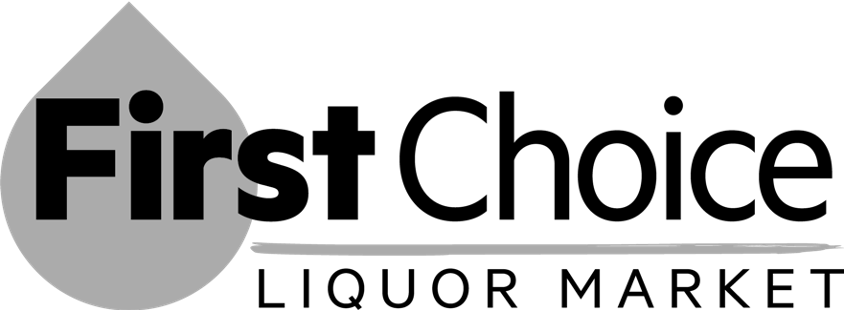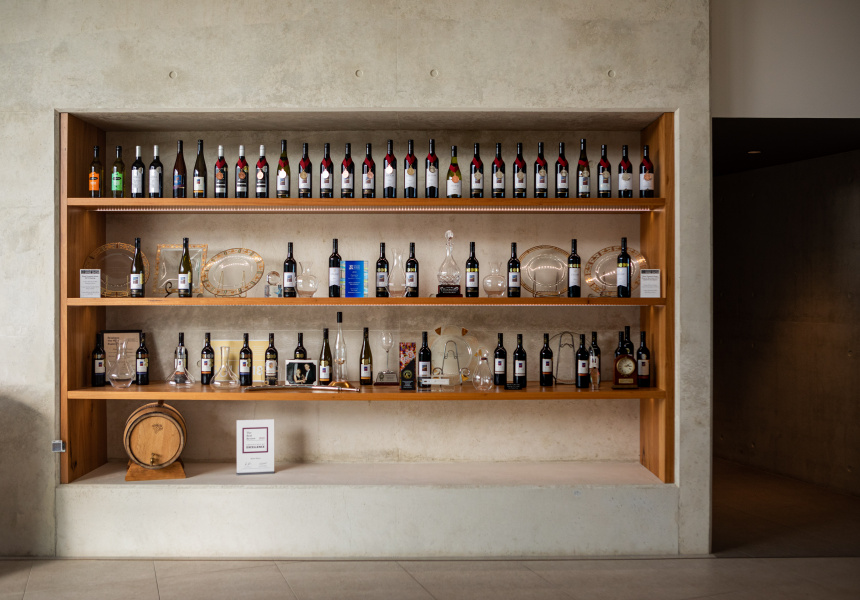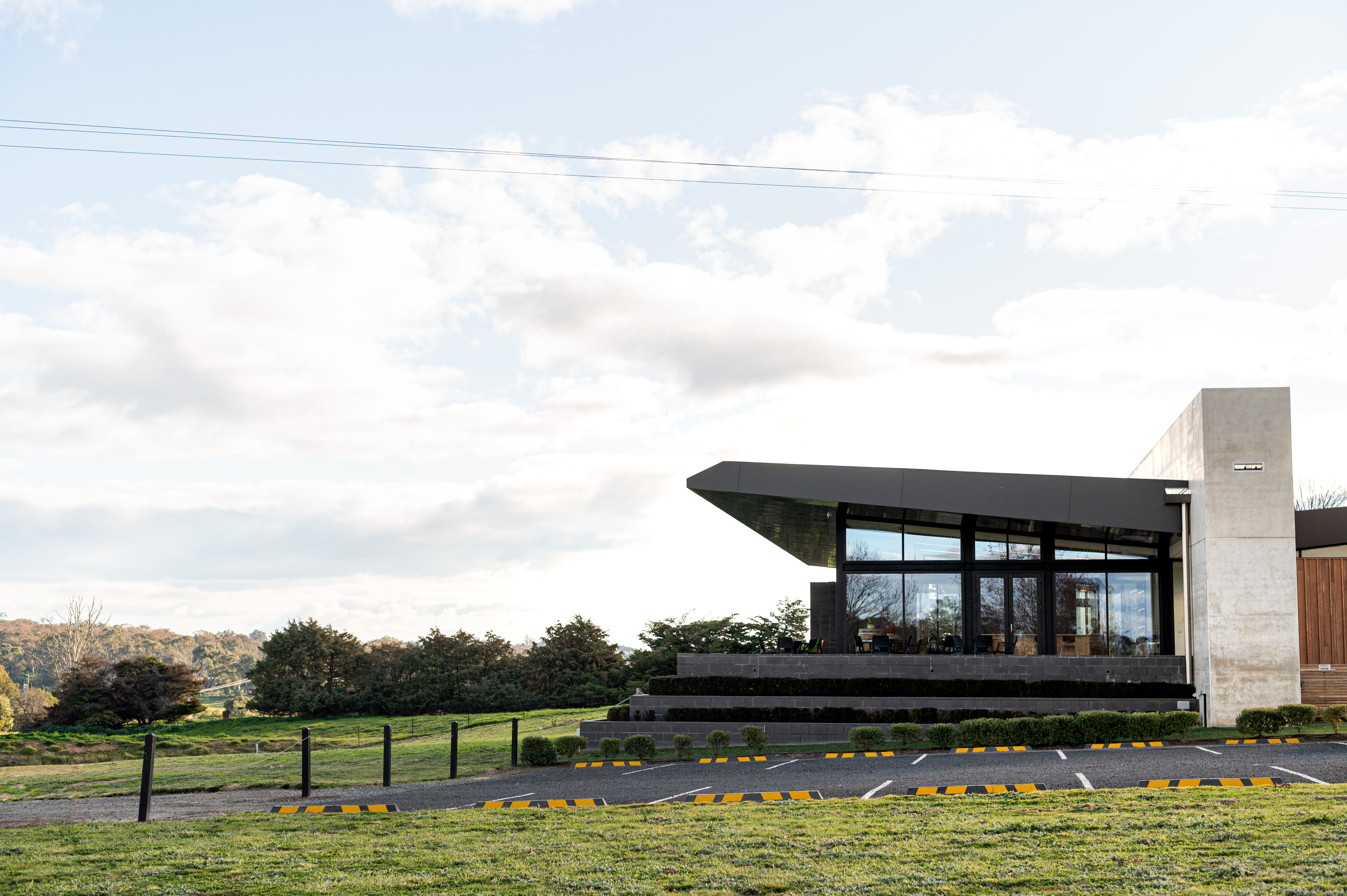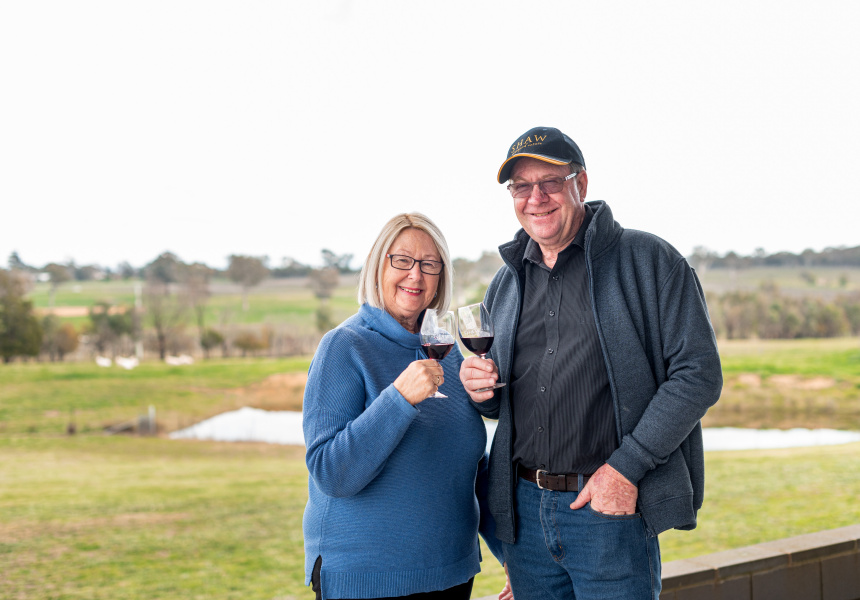There’s a trophy cabinet at the Shaw Wines vineyard, in Murrumbateman, New South Wales. The prizes inside include: a London Wine Show best cabernet sauvignon, best merlot at Vienna’s Wine Show, and a design award for the winery’s building.
Twenty years ago, this would have seemed bizarre to a young Graeme Shaw, maybe even impossible. He’d never worked with wine, or anywhere in the food and drinks world besides his family’s potato farm. He worked in construction.
During the mid-90s, Shaw was offered a job by BRL Hardy – a massive, century-old wine company – to build a new winery in Canberra. He took the job, but also negotiated to work 32 hectares of grapes to sell back to Hardy.
Never miss a Brisbane moment. Make sure you're subscribed to our newsletter today.
SUBSCRIBE NOWThe experience led him to buy Olleyville, a historic 700-acre former Merino wool-producing property in Murrumbateman (about 30 kilometres north-west of Canberra), where he planted grapes and started a boutique wine label.
“To be honest, it wasn't about the romance of the vineyard, it was a commercial decision,” says Shaw. “[I] thought, ‘We could make a good life out of this.’”
At the time, Shaw and his wife Ann, who he now runs the company with, had no winemaking experience but had grown up on farms and figured if they could grow potatoes, oats and wheat, they could grow grapes.
When Shaw’s contract with the Hardy ended, he focused on the new business and quickly discovered a passion for it.
“I'd never call myself a wine connoisseur, I think that conjures up a bit of pretentiousness,” he says. “But I look at wine totally different nowadays.”
Shaw doesn’t use terms such as “organic” or “biodynamic” to describe his wines, but shares many of the same practices as other modern natural winemakers.
“Our land management is integrated with natural processes,” he says. “We don't use herbicides or pesticides. Under the vines we do nothing with the weeds, except let our sheep eat them. This weekend we're getting 16 beehives ... not to pollinate the vines but the grasses. It will build up enough weeds and plants to provide homes for the beneficial insects.”
This is also part of something of a rebuilding campaign following the bushfires at the start of the year. "The smoke taint in the fruit meant we lost our 2020 crop,” says Shaw. “It was all destroyed. That's what you have to put up with when you’re in agriculture. You just cop it on the chin and move on." Of course moving on has meant into an industry being impacted by Covid-19. "It’s affected us a lot,” he says of the pandemic. “[Business has] been way down. About 60%, at least. "
The grapes here benefit from the cool climate of the surrounding Canberra region. Murrumbateman specifically has a high diurnal range (the difference between daily temperature highs and lows), Shaw explains. In a consistently warm climate, grapes need to picked quickly otherwise “the sugars will skyrocket and the acid will drop out,” he says.
“Here, you can go down to the coast for the weekend to fish and pick the next weekend. It helps build the complexity in the wine.”
Shaw says comparing the winery’s elegant reds with those from South Australia’s renowned Barossa Valley wine region is like comparing “chalk and cheese”.
“Sure, it's not as heavy weight, but there is a real finesse,” he says.
Its whites are high in acid, with lots of typical Riesling citrus flavours.
Murrumbateman has only 14 wineries, which is far fewer than other better-known regions – such as the Hunter Valley, Victoria’s Yarra Valley, and Margaret River in Western Australia – that attract big-budget winemakers.
It makes Shaw Wines’ achievements (and trophy cabinet) all the more impressive.
“Before this I bred racehorses for a hobby,” says Shaw. “There was nothing that gave me more delight than breeding a horse, taking it to the races and seeing it win, but this is just as good.
“To produce a wine that goes to wine show, gets blind tasted and picks up a trophy [is] elating. The pride and satisfaction, you can’t buy that.”
One to try: the Cabernet Savignon
The wine won gold at the 2018 London Wine Show. “It's a medium to big wine but still with a depth of elegance,” Shaw says.
Pair it with:
Roast lamb. It’s Shaw’s favourite, but, “it’s also related to the story of the land,” he says. “We're the second family to own this land. And not only do we have cabernet here, we still produce wool and lamb.”
Keen to raise your glass to a local producer? Browse the range at First Choice Liquor Market and support your local industry today.
This article is produced by Broadsheet in partnership with First Choice Liquor Market.




